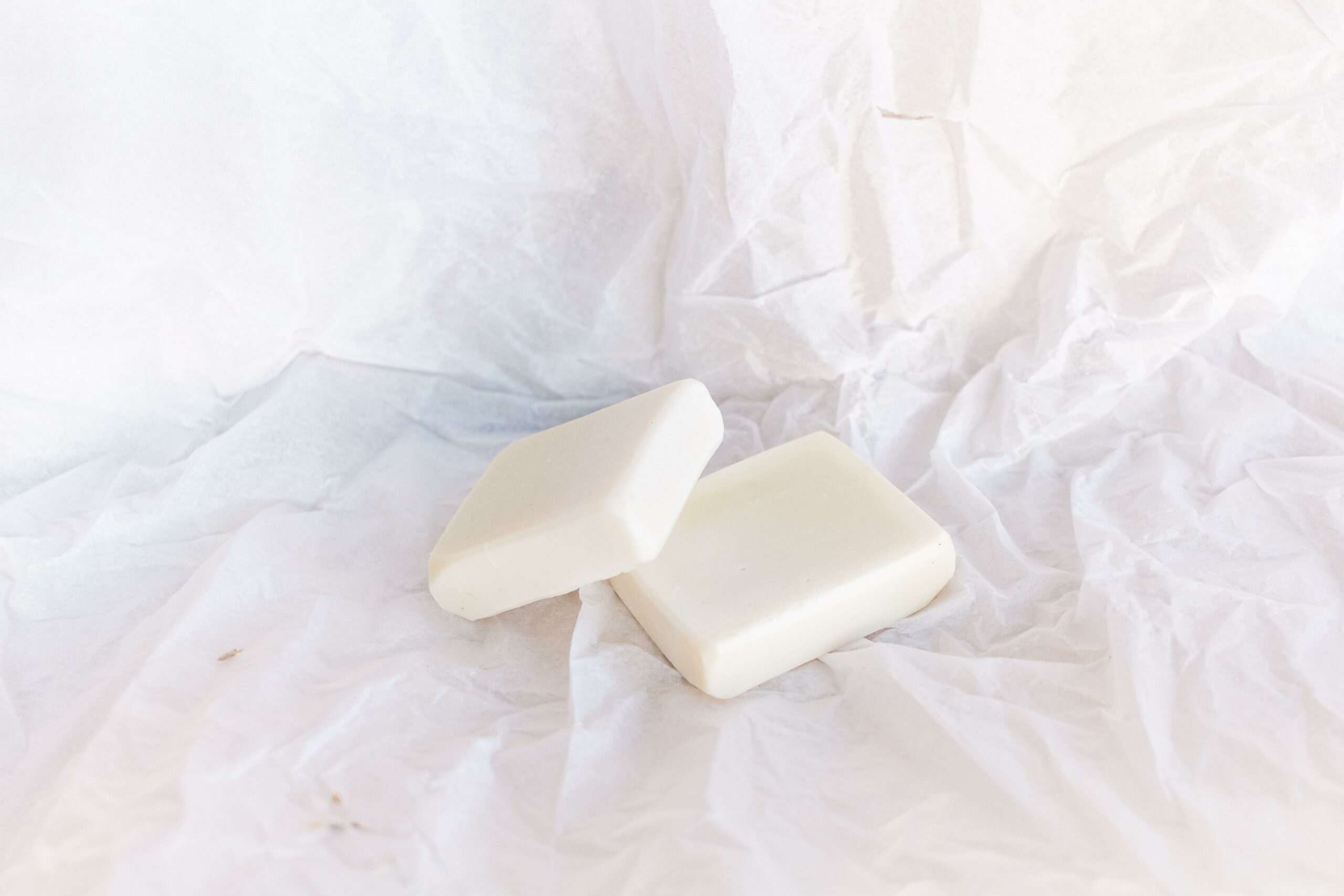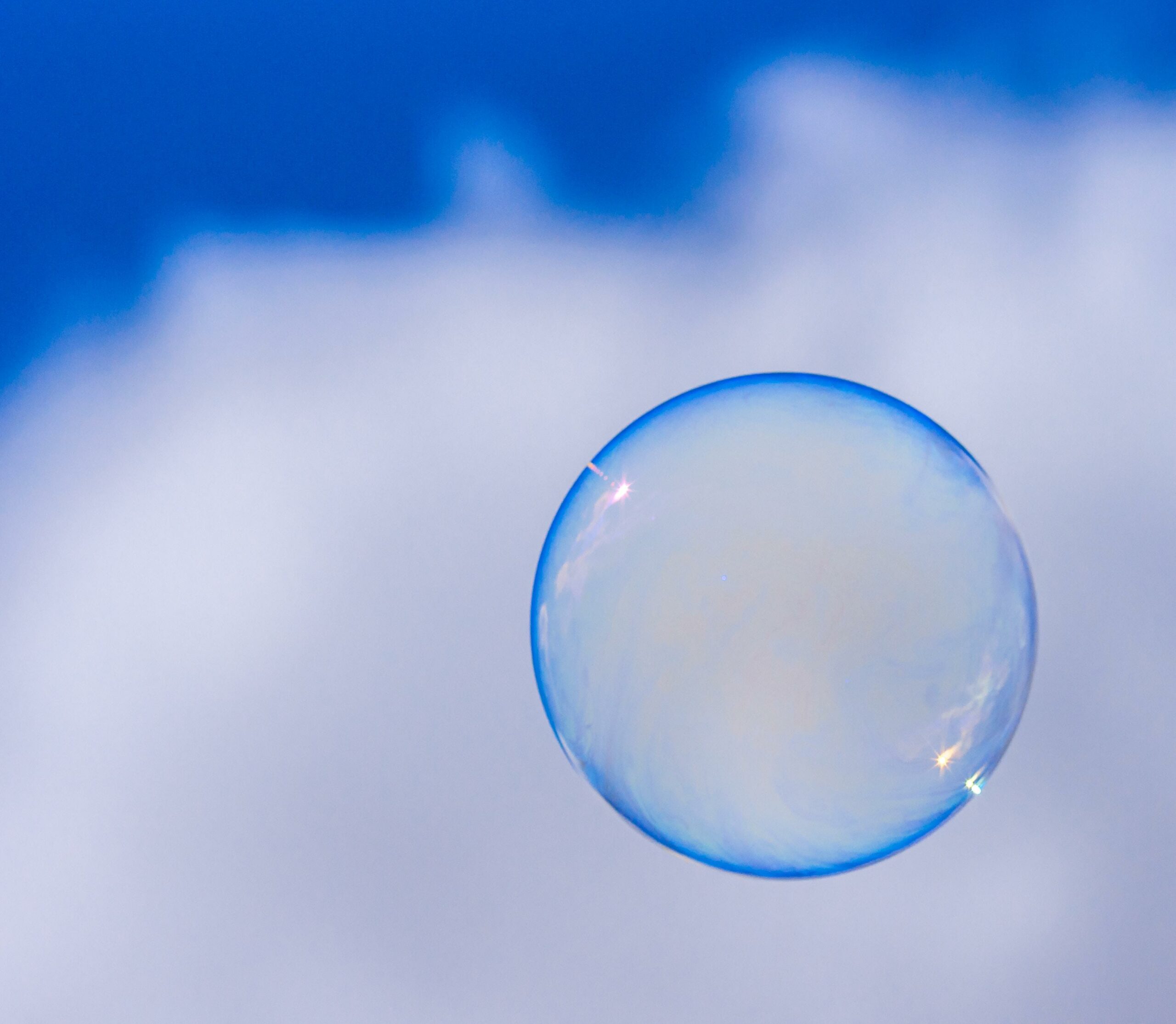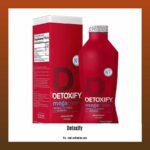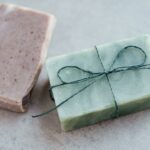Are you ready to dive into the fascinating world of soap? Prepare to be amazed as we uncover the scientific facts behind this everyday necessity that plays a vital role in our personal hygiene. In this article, we will delve into the chemistry behind soap, explore its incredible cleansing properties, and reveal how scientific research has revolutionized the way we keep ourselves clean. Get ready to be enlightened as we unveil the surprising science of soap and discover the extraordinary wonders it holds!

Scientific Facts About Soap
Soap is a staple in our daily lives, playing a crucial role in personal hygiene. But have you ever stopped to consider the fascinating science behind this everyday product? In this article, we will delve into the scientific facts about soap, uncovering the secrets that make it an essential tool for cleanliness. So let’s lather up and dive into the surprising world of soap!
The Chemistry of Soap: Breaking Down Dirt and Germs
At its core, soap is a cleanser that effectively removes dirt, oils, and germs from our skin. This is made possible by its unique chemical composition. Soap is created through a process called saponification, which involves reacting fats or oils with an alkali, such as sodium hydroxide. This chemical reaction creates soap molecules, known as surfactants.
Surfactants possess a hydrophilic (water-loving) head and a hydrophobic (water-fearing) tail. This dual nature allows soap molecules to bind with both water and oil. When you apply soap to your skin and lather it up, the hydrophobic tails of the soap molecules attach to dirt, oils, and germs on your skin, while the hydrophilic heads hold onto water. As you rinse the soap off, it carries away the dirt and germs, leaving you feeling clean and refreshed.
Key Point: The unique chemical composition of soap allows it to bind with both water and oil, effectively removing dirt, oils, and germs from your skin.
The Effectiveness of Soap: Why It Works
Soap is widely recognized as one of the most effective ways to prevent the spread of diseases and maintain good hygiene. But what makes soap so powerful?
The secret lies in soap’s ability to disrupt the structure of viruses and bacteria. The outer membranes of these microorganisms are composed of a lipid bilayer, a structure similar to a double layer of fat. Soap molecules have the remarkable ability to penetrate and break down this lipid bilayer, rendering the microorganisms inactive and unable to cause harm. This process, known as soap’s “antiviral” and “antibacterial” effects, is crucial in preventing the transmission of pathogens.
Key Point: Soap’s ability to disrupt the lipid bilayer of viruses and bacteria makes it highly effective in preventing the spread of diseases and maintaining good hygiene.
Soap vs. Hand Sanitizer: The Power of Suds
In recent times, hand sanitizers have gained popularity as a convenient and portable alternative to soap. While hand sanitizers can be effective in killing certain types of germs, they are not always a substitute for soap and water.
Soap’s mechanical action of lathering and rinsing plays a vital role in removing dirt, oils, and germs from your hands. Hand sanitizers, on the other hand, work by killing or inactivating germs on your skin. However, they may not effectively remove all types of germs or the debris that can accumulate on your skin.
Moreover, when it comes to certain viruses like norovirus, soap and water are more effective at breaking down and removing them from your hands. So, while hand sanitizers can be a convenient option in certain situations, it’s important to remember that soap and water remain the gold standard for thorough hand hygiene.
Key Point: Soap’s mechanical action of lathering and rinsing, along with its ability to disrupt the lipid bilayer of viruses and bacteria, makes it superior to hand sanitizers for thorough hand hygiene.
Choosing the Right Soap: Making Informed Choices
With a wide range of soaps available in the market, it can be overwhelming to choose the right one. Here are a few factors to consider when selecting a soap for your personal hygiene routine:
- Look for soaps that are labeled as “antibacterial” or “antimicrobial” if you want an extra layer of protection against harmful germs.
- Opt for mild and gentle soaps if you have sensitive skin, as harsh soaps can strip away natural oils and cause dryness.
- Consider soaps with added moisturizers or nourishing ingredients to keep your skin hydrated and healthy.
- Pay attention to the fragrance of the soap, as overly strong scents can irritate sensitive skin.
Key Point: When choosing a soap, consider factors such as its antibacterial properties, suitability for sensitive skin, added moisturizers, and fragrance.
Conclusion
Soap, with its remarkable chemical composition and cleansing properties, plays a vital role in personal hygiene. Its ability to remove dirt, oils, and germs from our skin, along with its antiviral and antibacterial effects, makes it an essential tool in preventing the spread of diseases. By understanding the scientific facts about soap, we can make informed choices and maintain good hygiene practices. So, the next time you reach for a bar of soap or a bottle of liquid soap, remember the fascinating science behind it and the role it plays in keeping us clean and healthy.
So, lather up, embrace the power of soap, and let the scientific facts about soap guide you towards a cleaner and healthier future!
(Note: This article has not been reviewed or endorsed by any medical professional. Please consult with a healthcare provider for personalized advice on personal hygiene practices.)
Have you ever wondered about the fascinating world of soap? Prepare to be amazed by these fun facts about soap. Did you know that soap has been used for thousands of years and was even traded as a valuable commodity in ancient civilizations? Discover more intriguing tidbits and surprising insights about soap by clicking here: fun facts about soap. Get ready to embark on a journey that will make you appreciate this everyday item in a whole new way. Keep reading for more captivating content.
Scientific Facts About Soap:
Did you know that soap is not just a simple cleaning agent? There is so much more to it than meets the eye. If you’re curious about the fascinating world of soap and want to learn more about its facts and science, then you’re in for a treat! Discover the intriguing secrets behind soap production and the chemical reactions that occur during the process by clicking here: soap facts and science. Prepare to be amazed as you delve into the depths of this everyday product and unravel its scientific mysteries.
But wait, there’s more! If you’re interested in discovering even more interesting scientific information about soap, then you’re in luck. Explore the captivating world of soap chemistry and learn about the various components and properties that make soap such a versatile substance by clicking here: interesting scientific information about soap. You’ll be captivated by the hidden facts and scientific discoveries that await you on this exciting journey.
So what are you waiting for? Dive into the world of soap science and uncover the incredible secrets that lie beneath the surface. Click on the links above to embark on a thrilling adventure and satisfy your curiosity about the fascinating scientific facts behind soap.
The Secret Science Behind Soap: Unveiling the Magic of Suds and Cleanliness
[youtube v=”EK7IsJ2eFrg”]
The Chemistry Behind Soap-Making
Soap, that slippery and sudsy substance we use daily, holds fascinating secrets that go far beyond what meets the eye. Contrary to popular belief, soap is not simply made from plants or oils. Instead, it is created through a remarkable chemical process called saponification. This age-old technique involves the reaction of fats or oils with an alkali, resulting in the formation of soap molecules known as surfactants. These molecules possess a hydrophilic head and a hydrophobic tail, enabling them to bind with both water and oil.
“The magic of soap-making lies in the fascinating chemical process known as saponification, which transforms fats and oils into powerful cleansing agents called surfactants.”
The Dual Action of Soap: Disrupting and Eliminating Dirt and Germs
Soap’s unique chemical composition plays a vital role in its ability to effectively cleanse our skin. Its surfactant molecules work by disrupting the lipid bilayer of viruses and bacteria, rendering them inactive and halting the spread of diseases. By attaching to water and oil simultaneously, soap acts as a bridge between dirt, oils, and germs, making it easier for them to be rinsed away. This allows soap to penetrate and cleanse the skin thoroughly, leaving it fresh and germ-free.
“Soap is not just about removing dirt; it’s a powerful agent that disrupts the structure of harmful microorganisms, safeguarding our health and well-being.”
The Importance of Proper Handwashing: Soap vs. Hand Sanitizers
While hand sanitizers have gained popularity, they are not always a substitute for good old-fashioned soap and water. Handwashing with soap offers a mechanical action of lathering and rinsing that effectively removes dirt and germs from our skin. As we lather up, the soap’s surfactants bind with the dirt and germs, allowing them to be rinsed away down the drain. This physical action is crucial in maintaining thorough cleanliness.
“Remember, hand sanitizers may come in handy, but they can’t replicate the power of soap and water when it comes to keeping our hands truly clean and free from harmful germs.”
Understanding Soap Labels: Antibacterial and Nourishing Variants
Next time you browse the soap aisle, take a moment to decipher the labels. Some soaps are labeled as “antibacterial” or “antimicrobial,” offering an extra layer of protection against harmful germs. These variants contain specific active ingredients that target and eliminate a broader spectrum of microorganisms.
Additionally, for those with sensitive skin, mild and gentle soaps are designed to be suitable and non-irritating. Look out for soaps that include moisturizers or nourishing ingredients to keep your skin hydrated and healthy.
“When it comes to soap, understanding labels can help us choose the right variant for our specific needs, ensuring optimal cleanliness and care.”
A Never-Ending Pursuit of Soap Perfection
The world of soap is far from static. It is a realm where creative minds continuously strive to improve upon existing formulas. Whether it’s enhancing fragrance, perfecting cleanliness, or exploring environmentally-friendly options, talented individuals with a passion for chemistry, toxicology, or environmental protection can find exciting opportunities within the soap industry.
“Soap-making is not just an ancient practice; it’s an evolving science that holds endless possibilities for those who aspire to make a difference in hygiene, health, and sustainability.”
Incorporate a table to showcase additional information or comparisons between different types of soaps.
FAQ
Q: What are some scientific facts about soap?
A: Soap is formed through a process called saponification, where fats or oils react with an alkali such as sodium hydroxide. This reaction converts the fats or oils into soap molecules, known as surfactants, which have the ability to remove dirt and oil from surfaces. Additionally, soap can disrupt the outer envelope of certain viruses, including the coronavirus, rendering them inactive.
Q: How does soap work to clean our hands?
A: Soap works by breaking down the molecules of dirt, oil, and germs that may be present on our hands. The hydrophobic tail of the soap molecule is attracted to oils and dirt, while the hydrophilic head is attracted to water. When we rub our hands vigorously with soap and water, the soap molecules surround the dirt and germs, allowing them to be rinsed away with water. This process helps to physically remove bacteria and viruses from our hands, reducing the risk of infection.
Q: Can soap kill bacteria and viruses?
A: Soap itself does not possess antibacterial or antiviral properties, but it can help to remove bacteria and viruses from surfaces. When soap is used in combination with water and proper handwashing techniques, it significantly reduces the number of germs on our hands, including harmful bacteria and viruses. This is why regular handwashing with soap is recommended as an effective measure to prevent the spread of infectious diseases.
Q: Is there a difference between hand soap and antibacterial soap?
A: Hand soap and antibacterial soap serve the same primary purpose of cleaning our hands, but there is a difference in their composition. Hand soap typically contains surfactant molecules that help to remove dirt and oil, while antibacterial soap contains additional ingredients, such as triclosan or benzalkonium chloride, which are intended to kill or inhibit the growth of bacteria. However, regular hand soap is just as effective as antibacterial soap for removing germs, and the Food and Drug Administration (FDA) has stated that there is not enough evidence to conclude that antibacterial soap is superior to plain soap for everyday use.
Q: Can soap cause any negative effects on the skin?
A: Soap is generally safe for most individuals when used as directed. However, some people with sensitive skin may experience dryness, irritation, or allergic reactions to certain ingredients in soap. To minimize these effects, it is important to choose a mild, pH-balanced soap and to moisturize the skin after washing. Additionally, excessive use of soap or harsh scrubbing can disrupt the natural balance of the skin’s microbiome, which may contribute to skin issues. It is recommended to wash hands thoroughly but not excessively and to avoid harsh scrubbing.
- Unlock 6000+ words beginning with he: A comprehensive analysis - April 20, 2025
- Mastering -al Words: A Complete Guide - April 20, 2025
- Master Scrabble: High-Scoring BAR Words Now - April 20, 2025
















